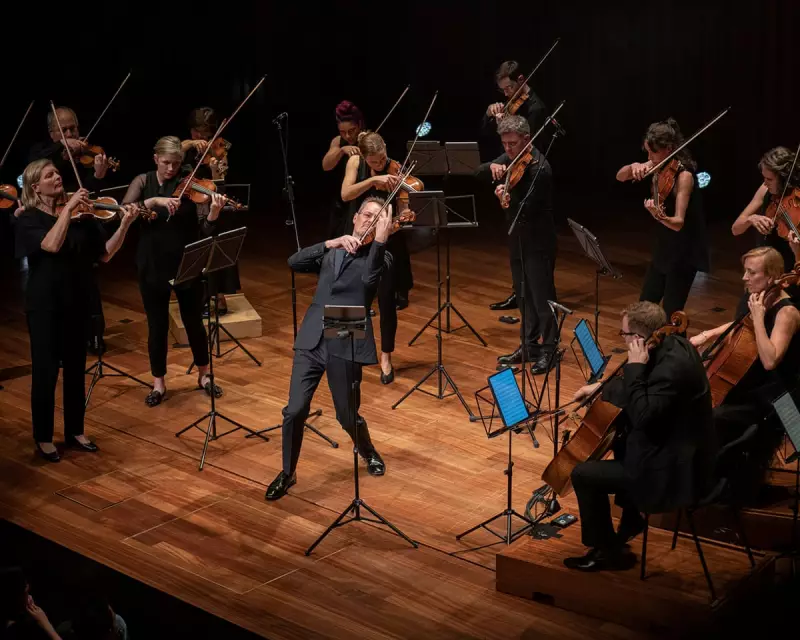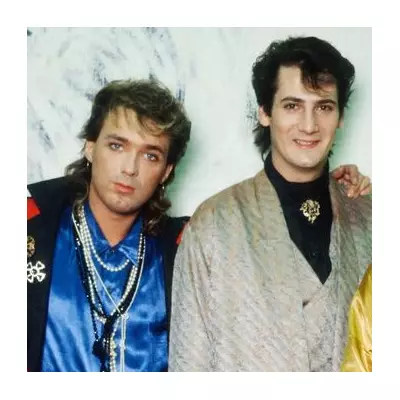
A Golden Anniversary for a World-Class Ensemble
The Australian Chamber Orchestra (ACO) is celebrating a significant milestone: its 50th anniversary. To mark this occasion, the ensemble has released a special live album featuring two cornerstones of the violin repertoire: the concertos by Beethoven and Brahms. The soloist and conductor for both monumental works is the ACO's own Richard Tognetti, who has served as the orchestra's leader and artistic director for an impressive 35 years.
A Quarter-Century of European Acclaim
Founded back in 1975, the ACO has spent the last 25 years building a formidable international reputation, becoming a regular and celebrated visitor to concert halls across Europe. Under Tognetti's sustained leadership, the orchestra has firmly established itself as one of the globe's premier chamber bands. This new album, released on the ABC Classic label, acts as a wonderful souvenir for this remarkable group and its many admirers.
The recordings capture the raw energy and intimacy of live performance, having been taken from concerts at the City Recital Hall in Sydney. The Beethoven concerto was recorded in 2018, while the Brahms was captured as recently as February of this year. The close-recorded sound faithfully replicates the ACO's characteristically involving sound, a unique blend of modern playing techniques with the use of historical instruments like gut strings and period wind.
Texture and Technique in Performance
For these ambitious recordings, the ACO's core of 20 players was more than doubled in size with guest musicians from other Australian orchestras. Despite this expansion, the ensemble's signature qualities of suppleness and textural coherence remain as persuasive as ever.
However, Tognetti's interpretative approach offers a distinct perspective. In the Beethoven concerto, he often prioritises urgency over lyricism, resulting in a first movement that stretches to a notably expansive 27 minutes. This is partly due to his choice of cadenzas, which he describes as a 'synthesis' of those written by other violin greats like Vieuxtemps, Auer, and Kreisler.
His rendition of the Brahms concerto is generally considered more mainstream, though it still incorporates elements from Busoni's cadenzas. The performance is distinguished by outstanding woodwind solos that weave beautifully around the solo violin line, all while maintaining light and transparent orchestral textures throughout.
While these recordings enter a field crowded with myriad legendary versions, they stand as thoroughly convincing interpretations. More than that, they serve as a powerful testament to one of the most remarkable and enduring partnerships in contemporary classical music.





